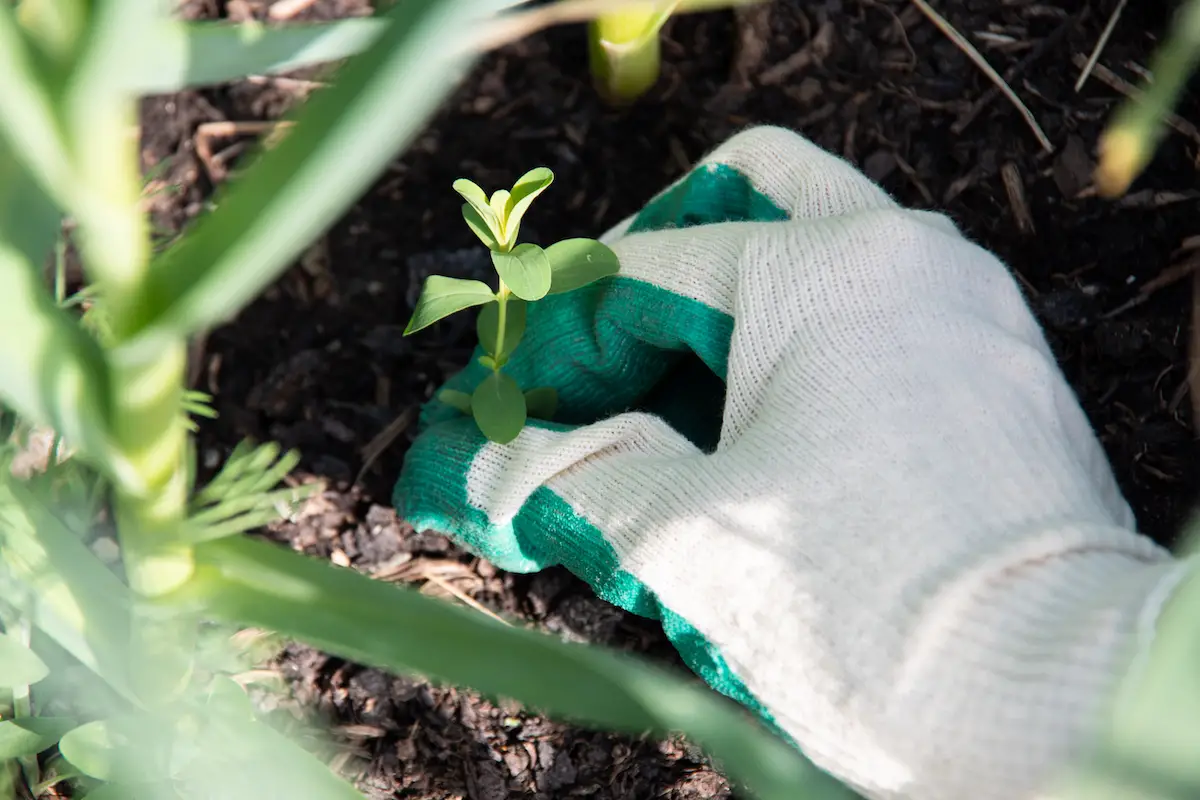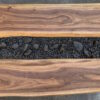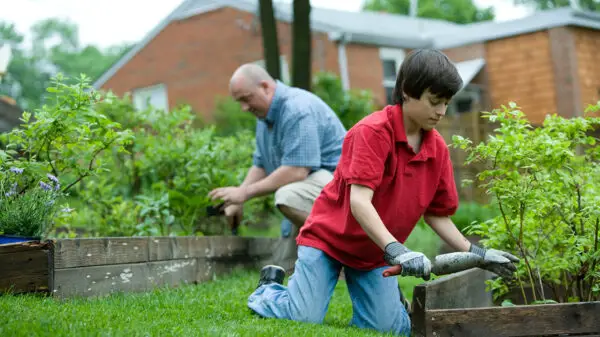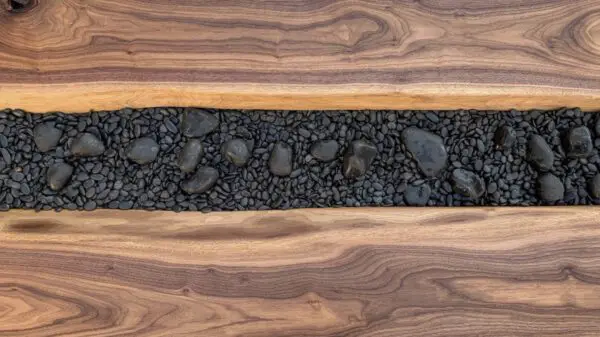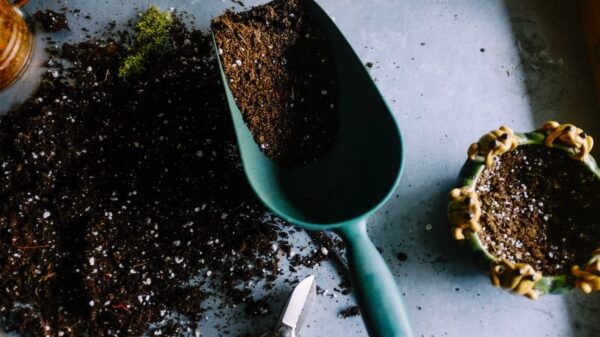Microgardens are a popular choice for those with limited space who still want to enjoy the benefits of gardening. However, dealing with weeds in a microgarden can be a challenge. Weeds compete with your plants for water, nutrients, and sunlight, and if left unattended, they can quickly take over and ruin your gardening efforts. In this article, we will explore various weed control methods specifically tailored for microgardens. By implementing these techniques, you can keep your microgarden weed-free and thriving.
The Importance of Weed Control in a Microgarden
In a microgarden, where space is at a premium, it is crucial to prioritize weed control. Weeds not only hinder the growth of your desired plants but can also create an unsightly and chaotic appearance. Moreover, weeds can harbor pests and diseases, posing a threat to the overall health of your microgarden. By employing effective weed control methods, you can ensure that your microgarden remains healthy and productive.
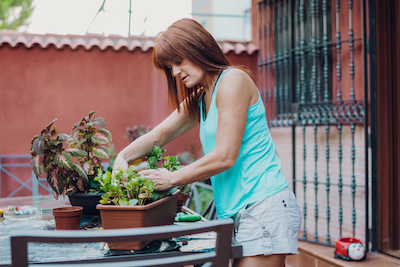
Creating a Weed-Free Microgarden: Step-by-Step Guide
1. Site Preparation
Before establishing your microgarden, it is essential to prepare the site properly. Clear the area of any existing weeds by manually removing them or using a weed killer. Ensure that the soil is well-prepared and free from weed seeds. This will provide a clean slate for your microgarden and minimize the chances of weed infestation.
2. Mulching
Mulching is a highly effective method for suppressing weeds in a microgarden. Apply a layer of organic mulch, such as straw, wood chips, or shredded leaves, around your plants. Mulch acts as a physical barrier, preventing weed seeds from germinating and blocking sunlight from reaching existing weeds. Additionally, organic mulch enriches the soil as it decomposes, providing nutrients to your plants.
3. Container Gardening
If you’re growing plants in containers in your microgarden, opt for container gardening. By using containers, you can create a controlled environment that is less prone to weed invasion. Ensure that the containers have proper drainage and use high-quality potting soil. This will help prevent weeds from infiltrating your microgarden through the soil.
4. Regular Maintenance
Consistent maintenance is key to keeping weeds at bay in a microgarden. Regularly inspect your microgarden for any signs of weed growth and promptly remove them by hand. Be thorough in removing the entire weed, including the roots, to prevent regrowth. Additionally, water and fertilize your plants appropriately to encourage their growth and reduce the chances of weed competition.
5. Companion Planting
Companion planting is a natural and effective way to control weeds in a microgarden. By strategically planting certain crops together, you can deter weed growth and promote overall garden health. For example, interplanting marigolds with vegetables can repel pests and inhibit weed growth. Research companion planting combinations that are suitable for your microgarden and incorporate them into your planting plan.
Tools and Techniques to Help You Control Weeds in a Microgarden
When it comes to controlling weeds in a microgarden, there are several effective products and methods you can use. Here are some of the best options:
Organic Mulch: Organic mulch, such as straw, wood chips, or shredded leaves, is an excellent choice for weed control in a microgarden. Apply a layer of mulch around your plants to suppress weed growth by blocking sunlight and inhibiting weed seed germination.
Weed Fabric or Landscape Fabric: Weed fabric or landscape fabric is a permeable material that can be placed on the soil surface in your microgarden. It acts as a physical barrier, preventing weed seeds from reaching the soil and growing. Cut holes in the fabric to accommodate your desired plants.
Organic Herbicides: If you prefer an organic approach, there are some natural herbicides available that can be effective in weed control. For example, vinegar can be used as a non-selective herbicide by spraying it directly on weeds. However, be cautious when using vinegar as it can also harm desirable plants if not applied carefully.
Corn Gluten Meal: Corn gluten meal is an organic pre-emergent herbicide that inhibits weed seed germination. Apply it to your microgarden soil before weeds have a chance to sprout. It is important to note that corn gluten meal can also prevent the germination of desired seeds, so avoid using it if you plan to sow new seeds.
Hand Weeding: Hand weeding is an effective and low-cost method for controlling weeds in a microgarden. Regularly inspect your garden and manually remove weeds by pulling them out from the roots. This method requires some effort but allows for precise weed control.
Remember, it is essential to choose products and methods that align with your gardening practices and preferences. Prioritize organic options to minimize environmental impact and protect the health of your microgarden.
How to Identify Weeds
Identifying weeds is an important skill for effective weed control in a microgarden. Here are some common characteristics that can help you identify weeds:
Growth Habits: Weeds often exhibit rapid and aggressive growth habits compared to desired plants. They may grow taller, spread quickly, or send out runners or underground rhizomes.
Leaf Shape and Arrangement: Pay attention to the shape, size, and arrangement of leaves. Weeds often have distinctive leaf shapes, such as long and narrow, lobed, or deeply toothed. They may also have alternate or opposite leaf arrangements.
Flowering Characteristics: Flowers can provide valuable clues for weed identification. Notice the color, size, and shape of the flowers. Weeds may produce an abundance of small flowers, have unusual colors, or exhibit unique floral structures.
Seed Heads or Seed Pods: Observing the seed heads or seed pods of a plant can aid in weed identification. Weeds may have characteristic seed heads that are different from your desired plants.
Growth Patterns: Weeds can exhibit specific growth patterns or behaviors. Some weeds may climb or twine around other plants or structures, while others may have a sprawling or mat-forming habit.
Weed Common Names: Learning the common names of common weeds in your region can help you recognize and identify them more easily. Do some research or consult local gardening resources to familiarize yourself with the common weeds in your area.
It’s worth noting that weed identification can sometimes be challenging, as certain plants may have similar features to desired plants. If you’re unsure about a plant’s identity, consult with local gardening experts or extension services, or use online resources or mobile apps designed for weed identification.
What Is a Microgarden?
A microgarden refers to a small-scale garden specifically designed for individuals with limited space, such as those living in apartments, urban areas, or small yards. It is a compact and efficient gardening solution that allows people to grow plants, herbs, and vegetables in a confined space. Microgardens can take various forms, including container gardens, vertical gardens, rooftop gardens, or even small raised beds. Despite their size, microgardens offer the opportunity to enjoy the benefits of gardening, including fresh produce, aesthetics, and a connection with nature.
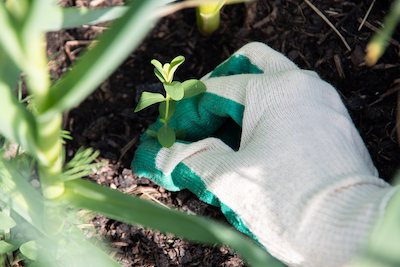
How Can I Deal with Weeds in a Microgarden? Weed Control Methods: FAQs
What are some organic weed control methods for a microgarden?
Answer: Organic weed control methods for a microgarden include hand-weeding, mulching, using vinegar or boiling water as natural herbicides, and practicing proper spacing and crop rotation.
Can I use herbicides to control weeds in a microgarden?
Answer: While herbicides can be effective in weed control, it is advisable to avoid using them in a microgarden due to their potential harm to beneficial plants and the environment. Opt for organic weed control methods instead.
Are there any specific plants that can suppress weed growth in a microgarden?
Answer: Yes, certain plants have allelopathic properties, which inhibit the growth of nearby weeds. Examples include mint, thyme, oregano, and lemon balm. Planting these herbs strategically can help control weed growth.
How often should I check my microgarden for weeds?
Answer: It is recommended to check your microgarden for weeds at least once a week. Regular inspections allow you to catch weed growth early and prevent them from spreading and causing further damage.
Should I pull out weeds manually or use tools?
Answer: Pulling out weeds manually is usually the best approach in a microgarden. It allows you to have better control and ensures that the entire weed, including the roots, is removed. However, small handheld tools like a weeder or a hoe can be useful for larger or tougher weeds.
How can I prevent weeds from spreading to my microgarden from neighboring areas?
Answer: To prevent weed spread, create physical barriers like fences or borders around your microgarden. Additionally, regularly remove any weeds that appear near the perimeter of your microgarden to prevent them from infiltrating.
Conclusion
Dealing with weeds in a microgarden requires proactive measures and regular maintenance. By following the steps outlined in this article, you can effectively control weeds and create an environment that promotes the growth and health of your desired plants. Remember to employ organic weed control methods, prioritize regular inspections, and stay diligent in your maintenance efforts. With proper weed control, your microgarden will flourish, providing you with a beautiful and bountiful space to enjoy.


